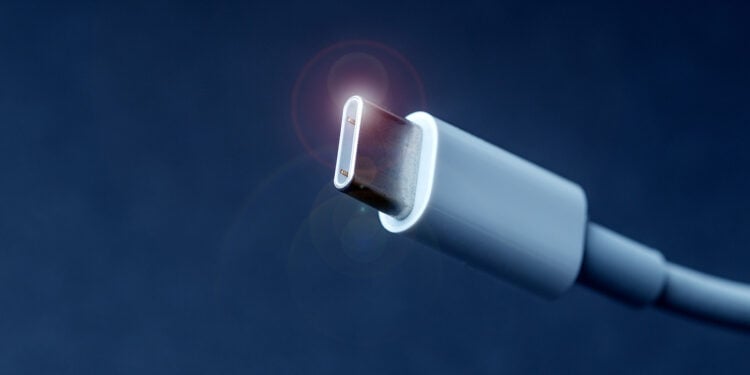With the introduction of the iPhone 15, Apple has taken an important step: The Lightning connector, which had been standard for over a decade, has been replaced by the more modern and universal USB-C port. While this change brings many advantages, a potential vulnerability has now been uncovered. A security researcher showed how the iPhone's USB-C controller can be manipulated. You can find out exactly what is behind it and what you should pay attention to below.
The iPhone is an indispensable tool for millions of people around the world. Whether for work, communication or leisure - the device stores a lot of personal data and is constantly connected to the Internet. That is why the security of a smartphone is so crucial. The recently discovered attack on the iPhone's USB-C port may be complex and not immediately threatening, but it shows how important it is to understand potential risks and take security precautions.
The attack on the USB-C port
The focus of the report is the USB-C controller ACE3, which is installed in the iPhone 15 and its successors. Security researcher Thomas Roth has shownthat this chip is vulnerable to manipulation. At the Chaos Communication Congress, Roth demonstrated how he was able to bypass the controller's validation mechanisms through reverse engineering. This was not just a theoretical analysis. Roth managed to read the controller's firmware and reprogram it. This means that malicious code could potentially be introduced through this vulnerability or the iPhone's security mechanisms could be circumvented. Even a jailbreak - the deliberate circumvention of Apple's system restrictions - would be conceivable through this gap.
Apple's reaction
Roth turned to Apple directly with his findings to draw attention to the vulnerability. The company was interested, but did not see any urgent need for action. According to Apple, the attack method is so complex that abuse in everyday life is extremely unlikely. After all, physical access to the device is necessary to exploit the vulnerability. Roth agreed with this assessment and explained that his main goal was to make other researchers aware of the problem.
Dangers from manipulated cables
A greater threat, however, could be manipulated cables. Security researchers such as Jon Bruner have shownthat such cables can be used to intercept data or transfer malware to a device. Caution is particularly advised when dealing with cheap or unknown manufacturers. These cables may appear harmless on the outside, but they are a gateway for hackers.
Tips for your safety
Although the attack on the iPhone's USB-C port does not pose a direct threat to most users, it is important to follow some basic security measures:
- Only use high-quality USB-C cables from trustworthy manufacturersThese are generally better protected against manipulation.
- Avoid public charging stations, especially in places like airports or train stations, where compromised connectors could be used to steal data.
- Check your accessories regularly and use certified products that have been specifically designed for the iPhone.
USB-C on the iPhone: Progress without compromising on security
The switch to USB-C on the iPhone was a necessary step that brings numerous advantages, but also raises new security questions. The discovered vulnerability shows how important it is to analyze such technologies carefully and minimize potential risks. However, there is no need for you as a user to worry as long as you take a few simple security precautions and use high-quality accessories. This way, your iPhone will remain safe - and you can concentrate fully on the advantages of the new technology. (Photo by Varavin88 / Bigstockphoto)
- Gravy Analytics: Massive data breach reveals location data
- Apple and DEI: How Diversity Drives Innovation and Profit





